How plants eat
Wynona
19 years ago
Related Stories
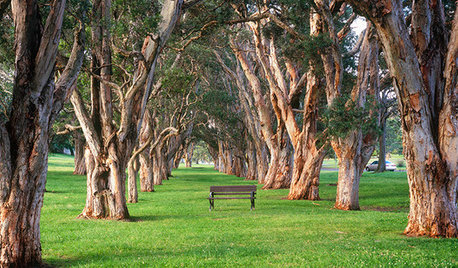
EVENTSEnjoy Plantings, Eat Bugs and Learn at the Australian Garden Show
Indulge your senses at this four-day celebration of gardening, food and more in Sydney — and don't forget to try the crickets
Full Story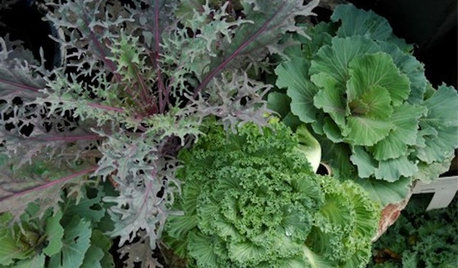
WINTER GARDENINGGreat Design Plant: Ornamental Cabbage and Kale
Yes, you can actually eat them. Or you can just marvel at their striking, unusual foliage during all four seasons in the garden
Full Story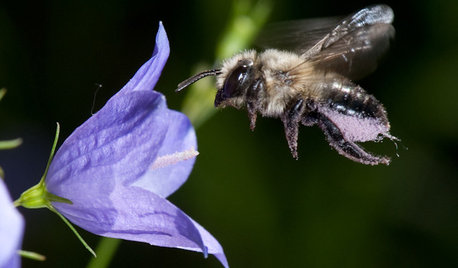
NATIVE PLANTSGreat Design Plant: Color Outside the Lines With Bluebell Bellflower
Plant this Campanula on pathway and patio edges for shots of bright blue from May through September
Full Story
NATIVE PLANTSPlant These Fall-Flowering Natives in Early Summer for Pollinator Love
These 3 groups of plants will support masses of beneficial insects come autumn
Full Story
HEALTHY HOME12 Ways to Set Up Your Kitchen for Healthy Eating
Making smart food choices is easier when your kitchen is part of your support team
Full Story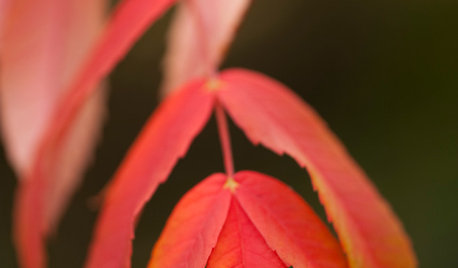
GARDENING GUIDESGreat Design Plant: Rhus Glabra
Smooth sumac provides powerful jolts of fall color and persistent fruit clusters that add interest through the winter
Full Story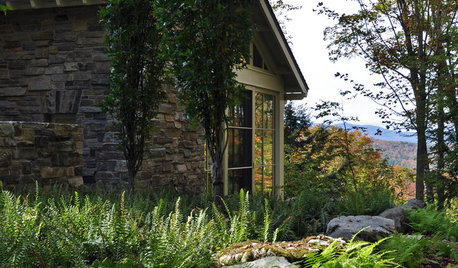
GARDENING GUIDESGreat Design Plant: Athyrium Filix-Femina
If you need a well-mannered plant that shines in the shade, lady fern is for you
Full Story
GARDENING GUIDESGreat Design Plant: Cephalanthus Occidentalis
Buttonbush is an adaptable woody shrub with delightful pincushion flowers
Full Story
GARDENING GUIDES9 Clay-Busting Native Flowers for Summer Sun
These plants survive and even thrive in tough clay soil east of the Rocky Mountains
Full Story
GROUND COVERSNative Alternatives to English Ivy, Japanese Pachysandra and Periwinkle
These shade-loving ground covers are good for the environment and say something about where you are
Full StoryMore Discussions







BradleyQT
WynonaOriginal Author
Related Professionals
Essex Landscape Architects & Landscape Designers · New Mexico Landscape Architects & Landscape Designers · Vernon Hills Landscape Architects & Landscape Designers · Zion Landscape Architects & Landscape Designers · Williamsburg Landscape Contractors · Chesapeake Ranch Estates Landscape Contractors · Damascus Landscape Contractors · Medford Landscape Contractors · Parker Landscape Contractors · Canoga Park Fence Contractors · Downey Fence Contractors · East Peoria Fence Contractors · Galveston Fence Contractors · Sun City Fence Contractors · East Palo Alto Fence Contractorsfroggy
Dorie_in_Alabama
WynonaOriginal Author
BradleyQT
kdjoergensen
froggy
maineman
Rosa
chaman
Rosa
chaman
froggy
kelly_cassidy
shadowgarden
BradleyQT
kdjoergensen
kdjoergensen